Hey, Hey, It's the Fonz Dream Rod Monkeemobile

A reader, commenting on my post about the Batmobile – arguably the most famous television car there is – mentioned the Monkeemobile, another ’60s pop culture automotive favorite. As it happens, I was already planning some posts on television cars, including one of the authentic Monkeemobiles.
Both of those vehicles have connections to the auto industry, one sort of incidental and the other the very opposite of coincidence.
The Batmobile was based on the 1950s Lincoln Futura concept car George Barris had purchased for $1.00, years after Ford and the Hollywood studios that used it were done with what was then a rather dated car of the future.
The Monkeemobile, on the other hand, was created from a production car with the direct involvement of a car company and one of the industry’s most legendary PR guys.
It doesn’t surprise me that producer Bert Schneider asked Dean Jeffries to build a custom car for a television show he was making about a fictional rock band called the Monkees, what some wags called the “pre-fab four”. That uncomplimentary comparison to the Beatles wasn’t particularly fair to the actors and musicians who played the members of the band, as the Monkees weren’t quite a manufactured boy band. Michael Nesmith and Peter Tork were experienced career musicians and Davy Hones had a Tony nomination on his resume before they auditioned for the show. Mickey Dolenz had been a child star.
Schneider and his business partner Bob Rafelson were hardly schlockmongers. The two produced a number of critically praised and commercially successful movies including Easy Rider, Five Easy Pieces and The Last Picture Show. They hired talented people on all of their projects, including The Monkees. While the band members eventually chafed at it, their first two albums were indeed constructed pieces, but they used Hollywood’s best session musicians, known as the Wrecking Crew. Dolenz was a passable drummer, but the recordings featured Hal Blaine, who played on over 100 Grammy winners. Glen Campbell played guitar. Carol Kaye, who played the infectious bass line on Sonny & Cher’s “The Beat Goes On” (but contrary to her claims did not play bass on Motown’s big hits – that was unquestionably the late, great James Jamerson), contributed, as did Leon Russell and guitarist James Burton. Songwriters included Neil Diamond, Carole King and her then husband Gerry Goffin, as well as bubblegum rock masters Tommy Boyce and Bobby Hart.
George Barris might have had the name and a lot of studio connections, but Dean Jeffries was a designer and fabricator on a completely different level than Barris. That explains why Schneider, who hired the best talent available, approached Jeffries about building a car for the new TV series. Apparently, Batman’s producers also asked Jeffries about making the Batmobile, and he did some initial sketches based on the ’59 Cadillac, but when they told him he had three weeks to do the job, he declined, citing his quality standards.
Today, the first call would likely not have been to a designer but to a car company about product placement opportunities with maybe a toy company in on the conference call to help explore merchandising opportunities. At the time, when Schneider asked Jeffries to build a Monkeemobile, the car was just a rough idea with no thought of which manufacturer or model car to use as a basis.
As it happens, a toy company and a car company were instrumental in the Monkeemobile’s genesis and later success. By 1966, Jeffries was a pretty big star in the hot rod and custom car world and he had a contract licensing the Model Products Corporation, a Detroit area maker of plastic scale models, to sell their versions of his cars. Jeffries gave MPC CEO George Toteff a heads up about the Monkees project. Toteff in turn told his friend Jim Wangers about it.
A Royal Pontiac “Royal Bobcat” GTO. Milt Schornack, who built and tuned the Bobcats for the dealership, says Jim Wangers takes too much credit for the GTO.
Wangers is a somewhat legendary figure in the world of automotive PR, and muscle cars as well. The legend may be a bit bigger in his own mind, but then Wangers is a master of promotion, including promoting himself. Whether or not the 1964 Pontiac GTO was Wangers’ idea, he undoubtedly had a major role in its success, making sure that well known street racers and performance oriented Pontiac dealers could get special equipment. Wangers was at least partly responsible for the infamous “ringer” GTO that Car & Driver tested rather successfully against a Ferrari GTO. While C&D acknowledged that the car was “well set up”, it’s not clear if the writers knew that before the magazine picked up their “Royal Bobcat” GTO from Royal Pontiac in suburban Detroit. Wangers had the factory replace the 389 cubic inch V8 with a similar looking 421.
Model Products Corp, MPC, sold over 7 million 1:25 scale Monkeemobiles
Wangers realized what a promotional opportunity the show could be for Pontiac, so a deal was made. Pontiac delivered to Jeffries two base 389 4-barrel 1966 GTO convertibles with automatic-transmissions to be converted into Monkeemobiles. MPC was in turn given exclusive rights to sell a model kit of the Monkeemobile. They would end up selling over 7 million copies of these kits, making Jeffries significant royalties. It’s still in production and you can buy the reissued kit from a revived MPC.
By the time ERTL bought MPC (and AMT), George Barris had managed to get his name on the Monkeemobile.
In one of those weird confluences of pop culture, in the 1970s, ownership of MPC had passed to ERTL, which put some of the vintage MPC models back into production. The Monkees were no longer cool then, but Henry Winkler’s Arthur Fonzarelli was a big hit on Happy Days. To rush Fonzie product to the market, ERTL chopped the Monkeemobile’s phaeton roof to make an exposed, classic style driver’s compartment, added a cheesy figurine of The Fonz and marketed the package as the Fonz Dream Rod. As far as anyone knows, the Fonz Dream Rod never appeared on Happy Days, fortunately. It is, however, a collectible highly prized by Monkeemobile completists.
Ayyyy… doesn’t that car look familiar?
Corgi, Johnny Lightning, and Husky all sold diecast models of the Monkeemobile.
It took just a month for Jeffries and his shop to build both Monkeemobiles, turning the convertible into a rather slick looking phaeton. He stretched the nose by 21 inches and added a foot and a half in the back for more passenger room. The GTO’s split Pontiac grille was exaggerated to almost comic proportions, but Jeffries made sure to keep the GTO badge in the grille. One car was intended to be used for filming and the other for promotional appearances, though they both ended up being used on the show. As first built by Jeffries, they had huge GMC 6-71 blowers, rigidly mounted rear axles, and added weight in the rear end. While those mods made popping wheelies easier, they also made driving the car used on the show rather difficult, so the supercharger impellers were removed, leaving a gold painted dummy case for show, with a carburetor hidden inside. During the first season, Monkeemobile #1 was used for principle photography and #2 made personal appearances.
According to Hot Rod Magazine, the second car retained the supercharger, primarily for exhibition runs at drag strips, much like one of the studio-commissioned Batmobile replicas. For the second season, it was also used in filming when the script called for speed, so #2 is an authentic TV car. The drag parachute on the back was apparently functional, as it can be seen billowing behind the car in publicity photos taken for Jeffries.
There are enough differences between the two cars that Monkeemobile geeks can identify which is which, mostly involving the fake blower. Car number one has a curious history, apparently being abandoned in Australia on tour after the TV show was cancelled. It later showed up in San Juan, Puerto Rico, used by a hotel as a courtesy car, a practical use for a vehicle with rear seating for four. When the hotel went bankrupt, it was sold at a government auction for just $5,000. At some point it was restored, later appearing in the 1997 Monkees reunion TV show and at a “Cars & Guitars” exhibition at the Petersen Automotive Museum.
This video clip is from the Monkeemobile’s final appearance in The Monkees television series, in an episode called The Monkees Race Again. The clip is of a race, perhaps filmed in part on Mulholland in Los Angeles, between the Monkeemobile, driven by Davy Jones, and in a nice surprise, what looks like one of the six genuine Shelby Cobra Daytona Coupes driven by a villain. That was long before anyone thought of making Cobra replicas so it was likely one of the actual Shelby Coupes. Based on the number 13 on the rear end, it’s possibly CSX2299, the second Daytona Couple built and the one with the most extensive racing record. Interestingly, rather than using an original Monkees song, the soundtrack to the race is the Surfari’s Wipe Out (or is it the Ventures’ version?).
The second Monkeemobile was eventually purchased by George Barris, and subsequently “restored”, giving it equipment like flat screen TVs that never existed in 1966. As was the case with many Barris related cars, someone else did the bodywork. The bodywork for Monkeemobile #2 was done by Advanced Restoration, as you can see in the video above, shot during the restoration. Barris would go on to have at least two replicas made, further confusing the Monkeemobile’s origins. As a result, he’s sometimes falsely attributed with designing the Monkeemobile, something he’s never gone out of his way to correct.
The flat screen video displays and subwoofers that George Barris added when he “restored” Monkeemobile #2 are not period correct.
Barris had Dick Dean, who worked with Jeffries on the originals, make a replica, and then a second copy was made using some of the parts Barris removed from #2 when he “restored” it. Jeffries had nothing to do with the fabrication of those two replicas, which vary slightly from the originals, but he directed the building of an authentic third replica that was made for the Monkee’s 2011 45th anniversary tour.

Ronnie Schreiber edits Cars In Depth, the original 3D car site.
More by Ronnie Schreiber
Latest Car Reviews
Read moreLatest Product Reviews
Read moreRecent Comments
- Spectator Wild to me the US sent like $100B overseas for other peoples wars while we clammer over .1% of that money being used to promote EVs in our country.
- Spectator got a pic of that 27 inch screen? That sounds massive!
- MaintenanceCosts "And with ANY car, always budget for maintenance."The question is whether you have to budget a thousand bucks (or euro) a year, or a quarter of your income.
- FreedMike The NASCAR race was a dandy. That finish…
- EBFlex It’s ironic that the typical low IQ big government simps are all over this yet we’re completely silent when oil companies took massive losses during Covid. Funny how that’s fine but profits aren’t. These people have no idea how business works.
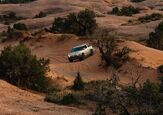
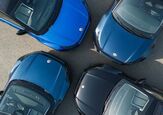

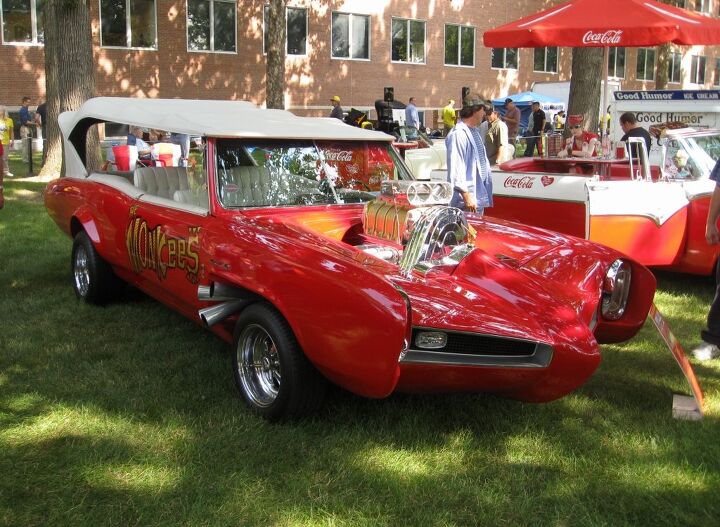
























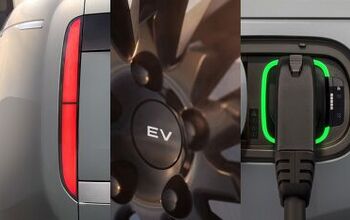
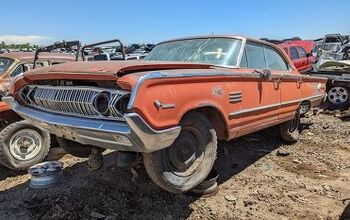

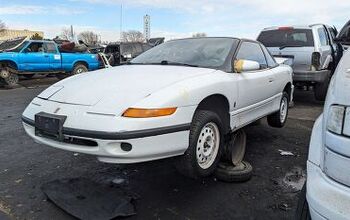
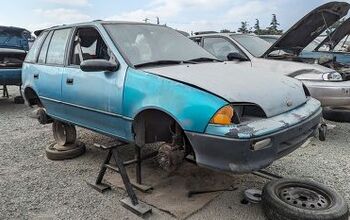
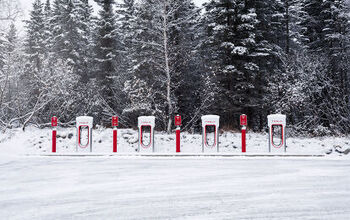
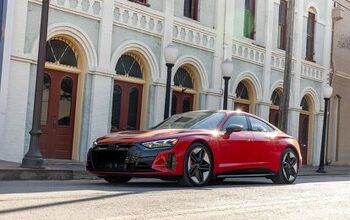

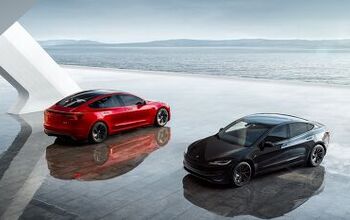
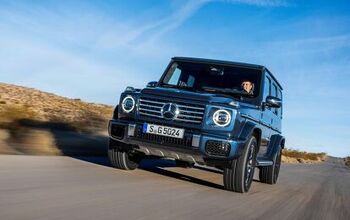
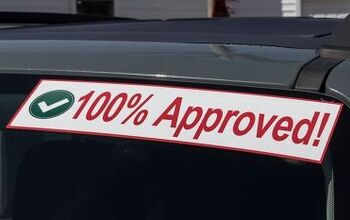
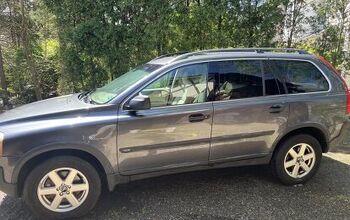
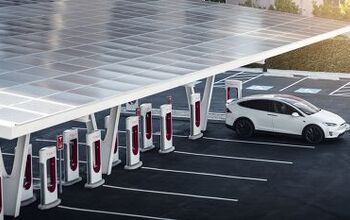
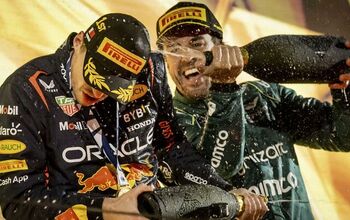
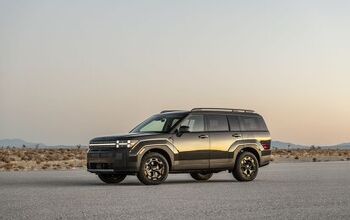

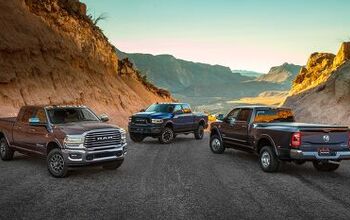
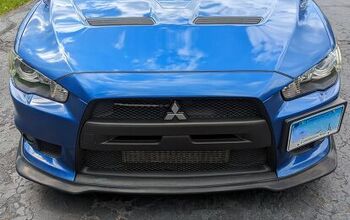
Comments
Join the conversation
I have a Corgi toy of the Monkeemobile that was my older brothers. My 5 year old son plays with it all the time, no doubt reducing its probably limited value but putting a smile on his old man's face.
The Monkeemobile also had a role in the video for "Black Planet" by The Sisters of Mercy: https://www.youtube.com/watch?v=-EunWH1VbpA